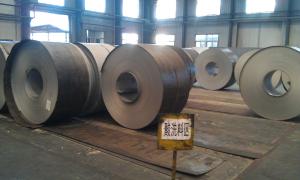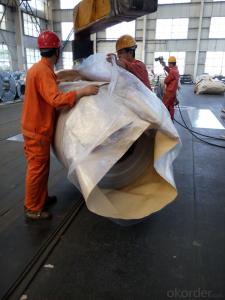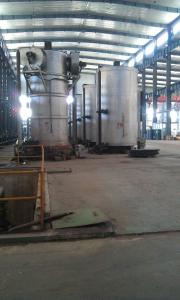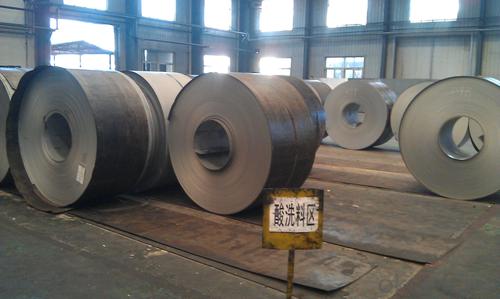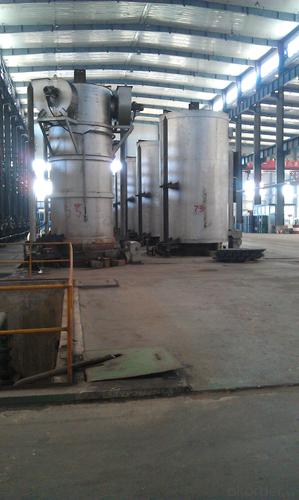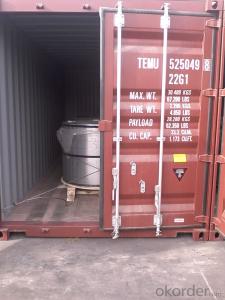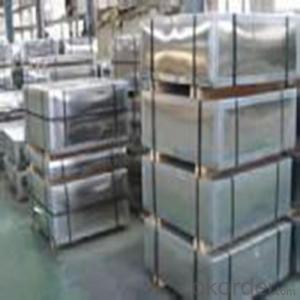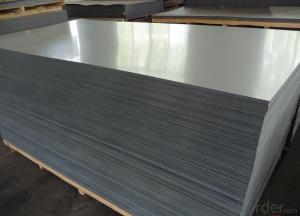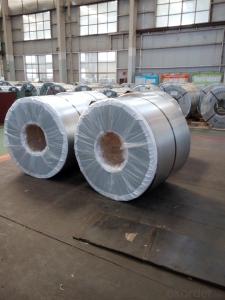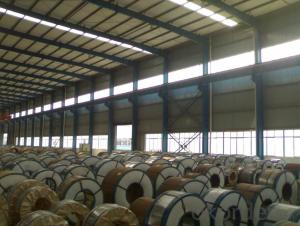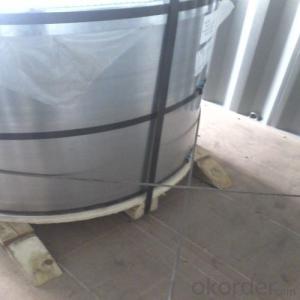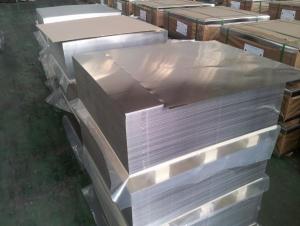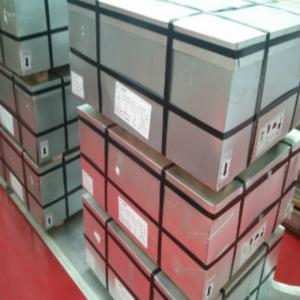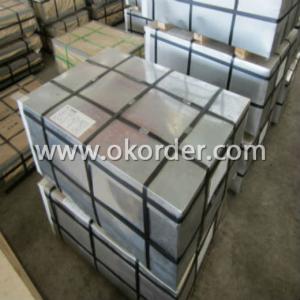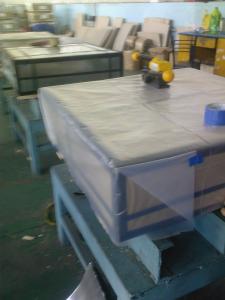Electrolytic Tinplate for Useage Of Chemical or Industrial Package
- Loading Port:
- Tianjin
- Payment Terms:
- TT OR LC
- Min Order Qty:
- 50 m.t.
- Supply Capability:
- 30000 m.t./month
OKorder Service Pledge
OKorder Financial Service
You Might Also Like
Specification
1.Structure of Electrolytic Tinplate for Useage of Chemical or Industrial Package Description
Electrolytic Tinplate is a thin steel sheet coated by tin. It has an extremely beautiful metallic luster as well as excellent properties in corrosion resistance, solder ability, and weld ability.
Tinplate is also widely used for making all types of containers such as food cans, beverage cans, and artistic cans, tea cans, painting cans, chemical package cans and dry food package cans, metal printing etc. Its applications are not limited to containers; recently, electrolytic tinplate has also been used for making electrical machinery parts and many other products.
2.Main Features of the Electrolytic Tinplate for Useage of Chemical or Industrial Package
Appearance – Tinplate is characterized by its beautiful metallic luster. Products with various kinds of surface roughness are produced by selecting the surface finish of the substrate steel sheet.
Paintability and printability – Tinplates have excellent paintability and printability. Printing is beautifully finished using various lacquers and inks.
Formability and strength – Tinplates have got very good formability and strength. By selecting a proper temper grade, appropriate formability is obtained for different applications as well as the required strength after forming.
Corrosion resistance – Tinplate has got good corrosion resistance. By selecting a proper coating weight, appropriate corrosion resistance is obtained against container contents. Coated items should meet 24 hour 5 % salt spray requirement.
Solderability and weldability – Tinplates can be joined both by soldering or welding. These properties of tinplate are used for making various types of cans.
Hygienic – Tin coating provides good and non toxic barrier properties to protect food products from impurities, bacteria, moisture, light and odours.
Safe – Tinplate being low weight and high strength makes food cans easy to ship and transport.
Eco friendly – Tinplate offers 100 % recyclability.
Tin is not good for low temperature applications since it changes structure and loses adhesion when exposed to temperatures below – 40 deg C.
3.Electrolytic Tinplate for Useage of Chemical or Industrial Package Images
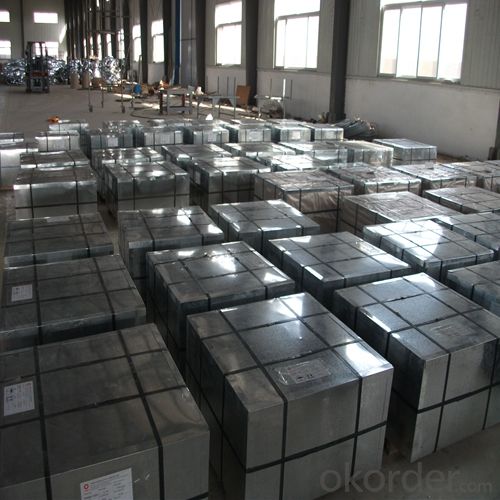
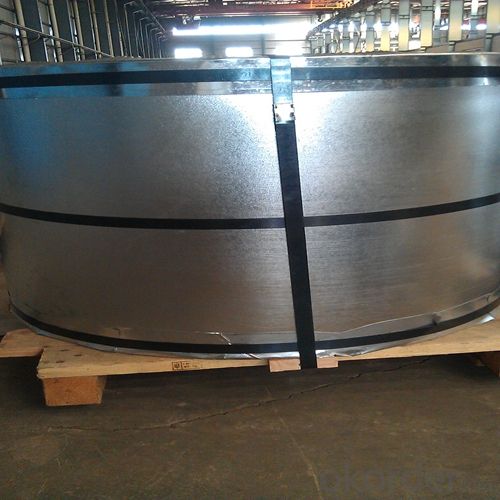
4.Electrolytic Tinplate for Useage of Chemical or Industrial Package Specification
Specification of :
Standard: ISO 11949 -1995, GB/T2520-2000,JIS G3303,ASTM A623, BS EN 10202
Material: MR,SPCC
Thickness:0.15mm - 0.50mm
Width: 600mm -1150mm
Temper: T1-T5
Annealing: BA & CA
Coil Inner Diameter: 508mm
Weight: 6-10 tons/coil 1~1.7 tons/sheets bundle
Passivation:311
Oil: DOS
Surface: Finish,bright,stone,matte,silver
5.FAQ of Electrolytic Tinplate for Useage of Chemical or Industrial Package
- What is tinning and how does it work?
Tinning is the process of thinly coating sheets of wrought iron or steel with tin, and the resulting product is known as tinplate. It is most often used to prevent rust.
- Do you only have prime quality tinplate?
We can supply both prime and second quality tinplate.
- Q: Can tinplate be used for automotive components?
- Yes, tinplate can be used for automotive components. Tinplate is a type of steel coated with a thin layer of tin, which provides excellent corrosion resistance and durability. Automotive components such as fuel tanks, exhaust systems, and body panels can be made from tinplate due to its strength, formability, and resistance to rust.
- Q: What are the different ways to label tinplate packaging?
- There are several different ways to label tinplate packaging, including using adhesive labels, direct printing on the tinplate, embossing or debossing the packaging, applying heat transfer labels, or using shrink sleeve labeling.
- Q: How does tinplate withstand corrosion?
- Tinplate withstands corrosion due to the presence of a thin layer of tin coating on its surface. This tin layer acts as a barrier, preventing direct contact between the tinplate and the surrounding environment, thus protecting it from rust and corrosion.
- Q: What are the applications of tinplate?
- Tinplate has a wide range of applications due to its protective and aesthetic properties. Common uses include packaging cans for food and beverages, aerosol containers, metal caps and closures, electrical components, and even decorative items. Its corrosion resistance and ability to maintain product freshness make it a popular choice for preserving and packaging various goods.
- Q: What are the main trends in the tinplate industry?
- The main trends in the tinplate industry include a growing demand for sustainable packaging solutions, increased focus on product innovation and customization, the adoption of advanced technology for production efficiency, and a shift towards lightweight and cost-effective packaging materials. Additionally, there is a rising preference for tinplate packaging in the food and beverage sector due to its durability, versatility, and ability to maintain product quality and freshness.
- Q: How does tinplate packaging contribute to product protection against light?
- Tinplate packaging contributes to product protection against light by providing a durable and opaque barrier. Its metallic properties prevent light from penetrating through the packaging, thus minimizing exposure to UV rays and other forms of light that can degrade the quality and shelf life of sensitive products.
- Q: How is tinplate used in the confectionery industry?
- Tinplate is commonly used in the confectionery industry for packaging purposes. It is used to make tin cans or containers that preserve and protect various confectionery products such as chocolates, candies, and biscuits. Tinplate offers excellent barrier properties against moisture, light, and oxygen, ensuring the quality and freshness of the confectionery items. Additionally, it provides a visually appealing and customizable packaging solution, making it popular in the confectionery industry.
- Q: What are the main challenges in tinplate recycling?
- One of the main challenges in tinplate recycling is the separation of tin from steel, as they are bonded together. This process requires specialized equipment and technologies, which can be costly and time-consuming. Another challenge is the presence of contaminants, such as food residues or paints, which need to be removed before recycling. Additionally, the collection and sorting of tinplate waste from various sources can be logistically complex. Overall, addressing these challenges requires efficient recycling infrastructure, advanced separation techniques, and increased awareness among consumers and industries about the importance of tinplate recycling.
- Q: Can tinplate packaging be used for stationery products?
- Yes, tinplate packaging can be used for stationery products. Tinplate packaging is durable, lightweight, and offers protection against moisture, making it an ideal choice for storing and packaging various stationery items such as pens, pencils, erasers, and other small office supplies. Additionally, tinplate packaging can be customized with attractive designs and branding, making it visually appealing for consumers.
- Q: How can the section of the tinplate be maintained without rust?
- Heat the pot, wipe with fat pork and pig skin, over five minutes, and never rust again
Send your message to us
Electrolytic Tinplate for Useage Of Chemical or Industrial Package
- Loading Port:
- Tianjin
- Payment Terms:
- TT OR LC
- Min Order Qty:
- 50 m.t.
- Supply Capability:
- 30000 m.t./month
OKorder Service Pledge
OKorder Financial Service
Similar products
Hot products
Hot Searches
Related keywords
